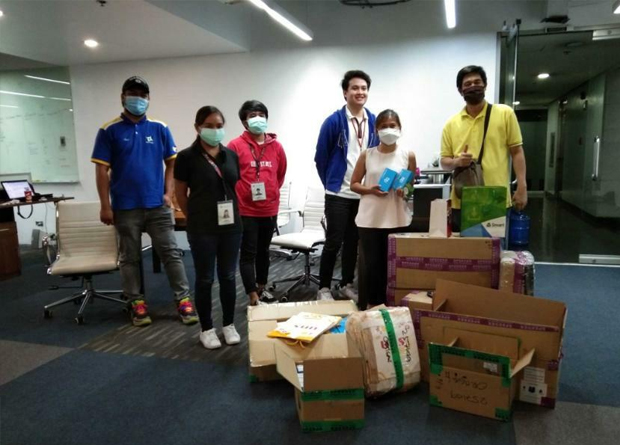There is no conclusive evidence at present indicating that exposure to electromagnetic radiation (EMR) from cellular phones poses a definite risk to human health.
This finding is based on scientific studies which have already been published.
This was pointed out by Dr. Jaime C. Montoya, executive director of the Department of Science and Technology’s Philippine Council for Health Research and Development (DOST-PCHRD) during the National Academy of Science and Technology’s (NAST) 36th Annual Scientific Meeting held last July 10, 2014 at the Philippine International Convention Center.
Montoya, academician and chair of the Health Sciences Division of NAST, an advisory body of DOST, made this statement during a technical session on E-health which tackled topics such as telemedicine.
Everyone is exposed to EMR whether voluntary or involuntary, stressed Montoya. The average person’s exposure to cellphones and their electromagnetic field falls under voluntary exposure. “You know there is that risk but you still take that risk because you have to use the cellphone,“ he explained.
In involuntary exposure, on the other hand, people do not know they are exposed to EMR, like those living near high-voltage areas like transmitters of cell sites, and the like. Montoya pointed out that based on current literature, such kind of exposure is still within the threshold.
But whether such will translate to negative health effects in the long run, the medical community is still not sure. Montoya said that we have to wait for 50 years to determine whether an adverse event directly related to the use of cellphones will crop up in any individual.
Montoya also mentioned the idea of never holding the cellphone close to the ear. “The direct biologic effect of using cellphones close to the ear is that it gives warmth, it generates heat. This is because the rapid movement of molecules actually transforms to heat energy and that is the biological effect,” he stressed. “But biological effect is not synonymous to the disease effect.”
However, Montoya emphasized that these are high-intensity, short-period exposures to EMR. What is not available at present, he disclosed, is information relating to long-term, low-intensity exposures.
A forum on E-health will be held on July 26 during DOST’s National Science and Technology Week slated from July 24-28, 2014 at the SMX Convention Center.
















































































































